For循环逻辑通过查看未来点值来标记一系列数据点的趋势类型
各位小伙伴们,大家好呀!看看今天我又给各位带来了什么文章?本文标题是《For循环逻辑通过查看未来点值来标记一系列数据点的趋势类型》,很明显是关于Golang的文章哈哈哈,其中内容主要会涉及到等等,如果能帮到你,觉得很不错的话,欢迎各位多多点评和分享!
我正在使用一个 for 循环来遍历一系列数据点,并找出如何对数据显示的趋势进行分类
以下是标记点的逻辑:
- 如果连续 6 个点有下降/上升趋势,则标记为“下降趋势”/“上升趋势”
- 否则,如果连续 7 个点低于/高于平均值,则标记为“低于平均值”/“高于平均值”
我们优先考虑增加/减少趋势而不是低于或高于平均值
我认为我使用的逻辑是不正确的,但我不确定为什么。这是该系列句子中的一些逻辑:
“对于每个点,如果接下来的 5 个点低于该点,然后是其前一个点,则将所有这些点标记为“下降趋势”。否则,如果某个点未标记为趋势,请查看该点中的以下 6 个点是否点都高于或低于平均值”
您可以将其全部复制并粘贴:
package main
import (
"bufio"
"fmt"
"os"
"strings"
)
type points struct {
quantity float64
lowerbound float64
upperbound float64
mean float64
pattern string
}
func main() {
var pointstouse = []points{
points{quantity: 3.5, lowerbound: 1, upperbound: 4.8,, mean: 4, pattern: "common variation"},
points{
quantity: 3.4,
lowerbound: 3,
upperbound: 4.8,
mean: 4,
pattern: "common variation",
},
points{
quantity: 3.2,
lowerbound: 3,
upperbound: 4.8,
mean: 4,
pattern: "common variation",
},
points{
quantity: 3.19,
lowerbound: 3,
upperbound: 4.8,
mean: 4,
pattern: "common variation",
},
points{
quantity: 3.17,
lowerbound: 3,
upperbound: 4.8,
mean: 4,
pattern: "common variation",
},
points{
quantity: 3.14,
lowerbound: 3,
upperbound: 4.8,
mean: 4,
pattern: "common variation",
},
points{
quantity: 3.12,
lowerbound: 3,
upperbound: 4.8,
mean: 4,
pattern: "common variation",
},
points{
quantity: 3.09,
lowerbound: 3,
upperbound: 4.8,
mean: 4,
pattern: "common variation",
},
points{
quantity: 4.1,
lowerbound: 3,
upperbound: 4.8,
mean: 4,
pattern: "common variation",
},
points{
quantity: 3.16,
lowerbound: 3,
upperbound: 4.8,
mean: 4,
pattern: "common variation",
},
points{
quantity: 3,
lowerbound: 3,
upperbound: 4.8,
mean: 4,
pattern: "common variation",
},
points{
quantity: 3,
lowerbound: 3,
upperbound: 4.8,
mean: 4,
pattern: "common variation",
},
points{
quantity: 3.11,
lowerbound: 3,
upperbound: 4.8,
mean: 4,
pattern: "common variation",
},
points{
quantity: 3.12,
lowerbound: 3,
upperbound: 4.8,
mean: 4,
pattern: "common variation",
},
points{
quantity: 3.14,
lowerbound: 3,
upperbound: 4.8,
mean: 4,
pattern: "common variation",
},
points{
quantity: 3.13,
lowerbound: 3,
upperbound: 4.8,
mean: 4,
pattern: "common variation",
},
points{
quantity: 3.17,
lowerbound: 3,
upperbound: 4.8,
mean: 4,
pattern: "commons variation",
},
}
for i, point := range pointstouse {
if len(pointstouse) >= 6 && len(pointstouse)-(i+1) >= 5 {
if point.quantity > pointstouse[i+1].quantity && pointstouse[i+1].quantity > pointstouse[i+2].quantity && pointstouse[i+2].quantity > pointstouse[i+3].quantity && pointstouse[i+3].quantity > pointstouse[i+4].quantity && pointstouse[i+4].quantity > pointstouse[i+5].quantity {
point.pattern = "decreasing trend"
pointstouse[i+1].pattern = "decreasing trend"
pointstouse[i+2].pattern = "decreasing trend"
pointstouse[i+3].pattern = "decreasing trend"
pointstouse[i+4].pattern = "decreasing trend"
pointstouse[i+5].pattern = "decreasing trend"
continue
} else if point.quantity < pointstouse[i+1].quantity && pointstouse[i+1].quantity < pointstouse[i+2].quantity && pointstouse[i+2].quantity < pointstouse[i+3].quantity && pointstouse[i+3].quantity < pointstouse[i+4].quantity && pointstouse[i+4].quantity < pointstouse[i+5].quantity {
point.pattern = "increasing trend"
pointstouse[i+1].pattern = "increasing trend"
pointstouse[i+2].pattern = "increasing trend"
pointstouse[i+3].pattern = "increasing trend"
pointstouse[i+4].pattern = "increasing trend"
pointstouse[i+5].pattern = "increasing trend"
continue
}
}
if (point.pattern != "decreasing trend" || point.pattern != "increasing trend") && len(pointstouse)-(i+1) >= 6 {
if point.quantity < pointstouse[i].mean && pointstouse[i+1].quantity < pointstouse[i].mean && pointstouse[i].quantity < pointstouse[i].mean && pointstouse[i+3].quantity < pointstouse[i].mean && pointstouse[i+4].quantity < pointstouse[i].mean && pointstouse[i+5].quantity < pointstouse[i].mean && pointstouse[i+6].quantity < pointstouse[i].mean {
pointstouse[i].pattern = "below mean"
pointstouse[i+1].pattern = "below mean"
pointstouse[i+2].pattern = "below mean"
pointstouse[i+3].pattern = "below mean"
pointstouse[i+4].pattern = "below mean"
pointstouse[i+5].pattern = "below mean"
pointstouse[i+6].pattern = "below mean"
} else if point.quantity > pointstouse[i].mean && pointstouse[i+1].quantity > pointstouse[i].mean && pointstouse[i].quantity > pointstouse[i].mean && pointstouse[i+3].quantity > pointstouse[i].mean && pointstouse[i+4].quantity > pointstouse[i].mean && pointstouse[i+5].quantity < pointstouse[i].mean && pointstouse[i+6].quantity < pointstouse[i].mean {
pointstouse[i].pattern = "above mean"
pointstouse[i+1].pattern = "above mean"
pointstouse[i+2].pattern = "above mean"
pointstouse[i+3].pattern = "above mean"
pointstouse[i+4].pattern = "above mean"
pointstouse[i+5].pattern = "above mean"
pointstouse[i+6].pattern = "above mean"
}
}
}
fmt.println(pointstouse)
}
我需要显示的输出是这样的:
3.50 | Decreasing Trend 3.40 | Decreasing Trend 3.20 | Decreasing Trend 3.19 | Decreasing Trend 3.17 | Decreasing Trend 3.14 | Decreasing Trend 3.12 | Decreasing Trend 3.09 | Decreasing Trend 4.1 | Common Variation 3.16 | Below Mean 3.00 | Below Mean 3.00 | Below Mean 3.11 | Below Mean 3.12 | Below Mean 3.14 | Below Mean 3.13 | Below Mean 3.17 | Below Mean
有人可以确定我哪里出了问题吗?
解决方案
这一行:
if (point.pattern != "下降趋势" || point.pattern != "上升趋势") && len(pointsToUse)-(i+1) >= 6 {
等于:
if true && len(pointsToUse)-(i+1) >= 6 {
此外,您需要使用 pointsToUse[i].pattern = "Decreasing Trend" 而不是 point.pattern = "Decreasing Trend" 因为 point 是您的循环值,不会在切片中分配。
为什么 for _,a := range b 引用副本,请查看 Change values while iterating in Golang(stackoverflow 问题)
好了,本文到此结束,带大家了解了《For循环逻辑通过查看未来点值来标记一系列数据点的趋势类型》,希望本文对你有所帮助!关注golang学习网公众号,给大家分享更多Golang知识!
 小米SU7车主遭遇撞车 哨兵模式为何“失灵”?
小米SU7车主遭遇撞车 哨兵模式为何“失灵”?
- 上一篇
- 小米SU7车主遭遇撞车 哨兵模式为何“失灵”?
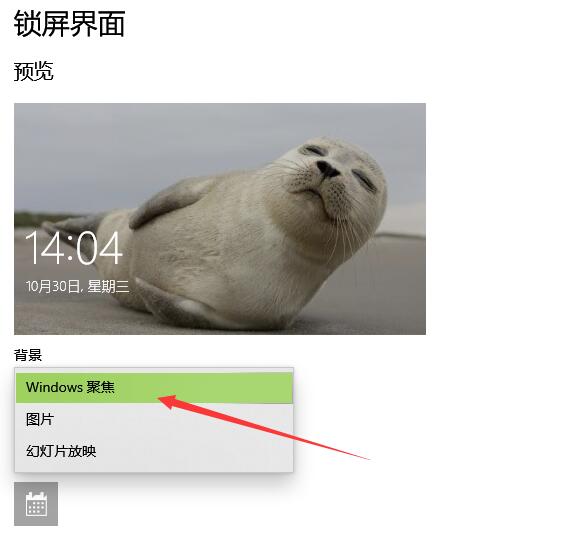
- 下一篇
- windows锁屏壁纸怎么随桌面壁纸一起变动?
-

- Golang · Go问答 | 1年前 |
- 在读取缓冲通道中的内容之前退出
- 139浏览 收藏
-

- Golang · Go问答 | 1年前 |
- 戈兰岛的全球 GOPRIVATE 设置
- 204浏览 收藏
-

- Golang · Go问答 | 1年前 |
- 如何将结构作为参数传递给 xml-rpc
- 325浏览 收藏
-

- Golang · Go问答 | 1年前 |
- 如何用golang获得小数点以下两位长度?
- 478浏览 收藏
-
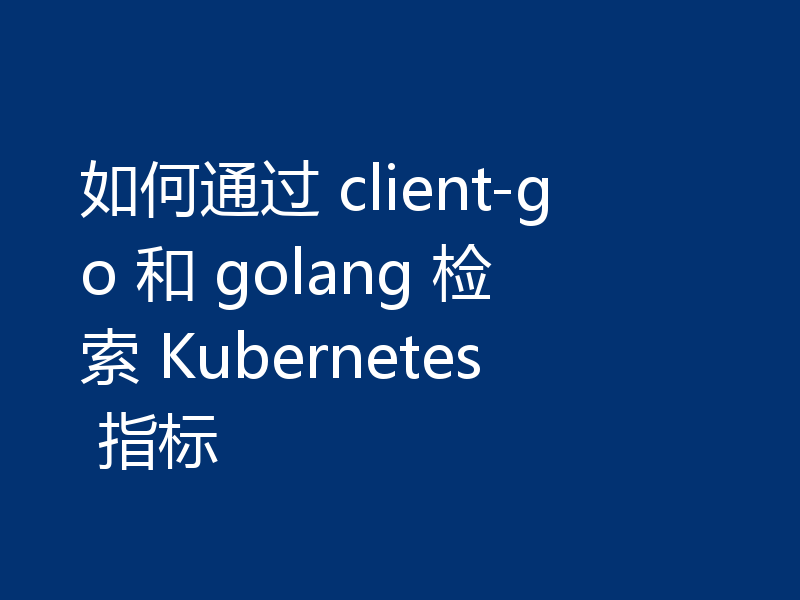
- Golang · Go问答 | 1年前 |
- 如何通过 client-go 和 golang 检索 Kubernetes 指标
- 486浏览 收藏
-
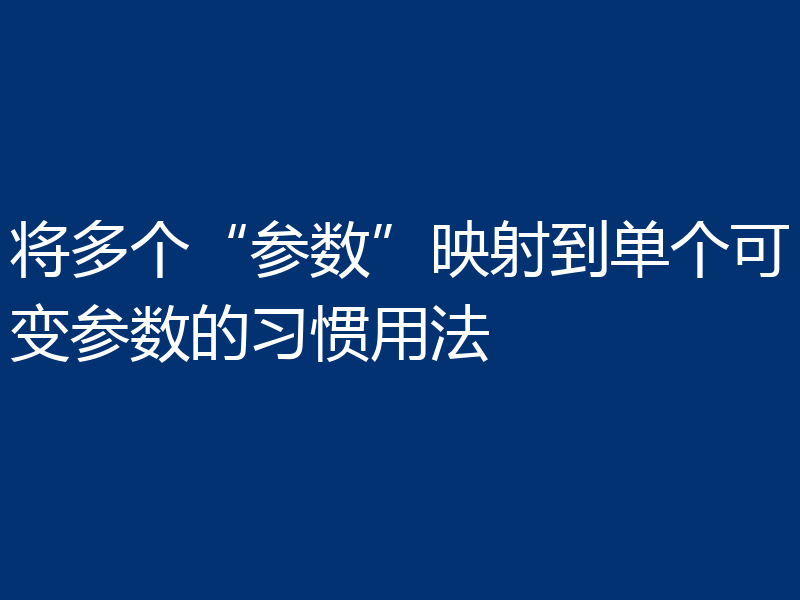
- Golang · Go问答 | 1年前 |
- 将多个“参数”映射到单个可变参数的习惯用法
- 439浏览 收藏
-

- Golang · Go问答 | 1年前 |
- 将 HTTP 响应正文写入文件后出现 EOF 错误
- 357浏览 收藏
-
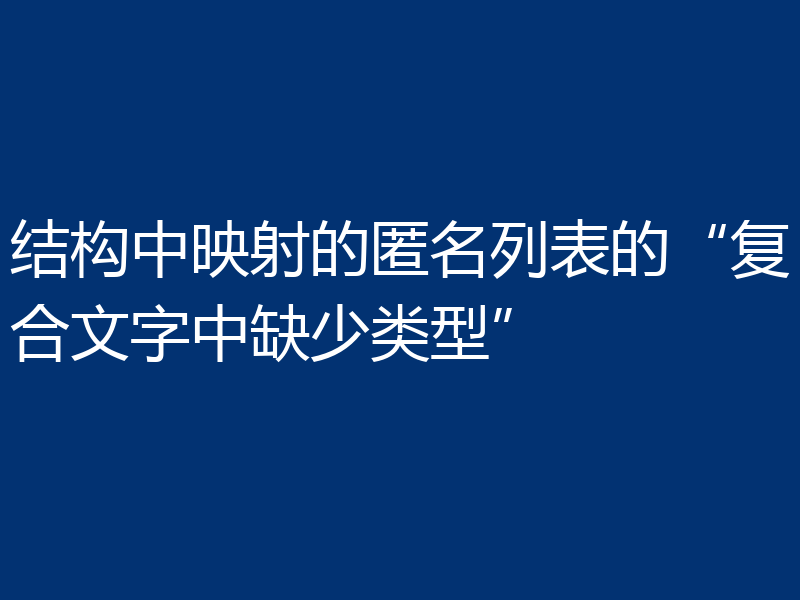
- Golang · Go问答 | 1年前 |
- 结构中映射的匿名列表的“复合文字中缺少类型”
- 352浏览 收藏
-
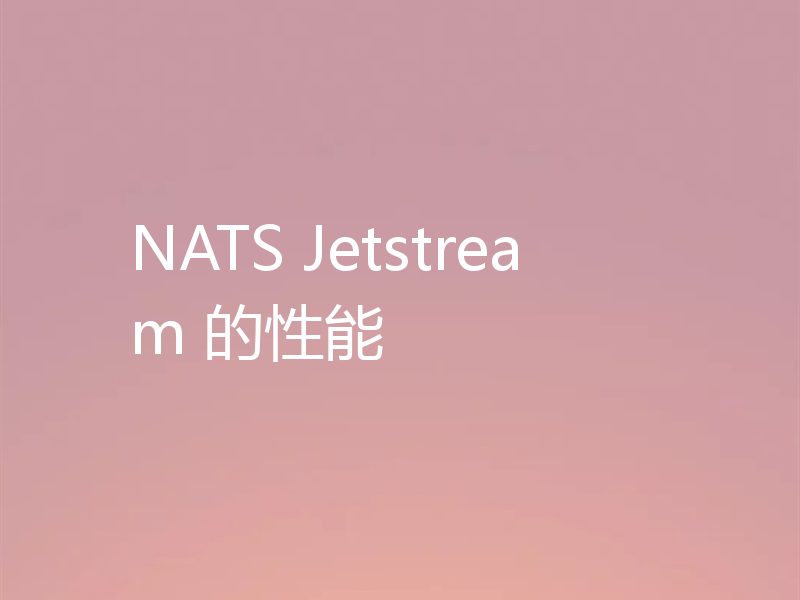
- Golang · Go问答 | 1年前 |
- NATS Jetstream 的性能
- 101浏览 收藏
-
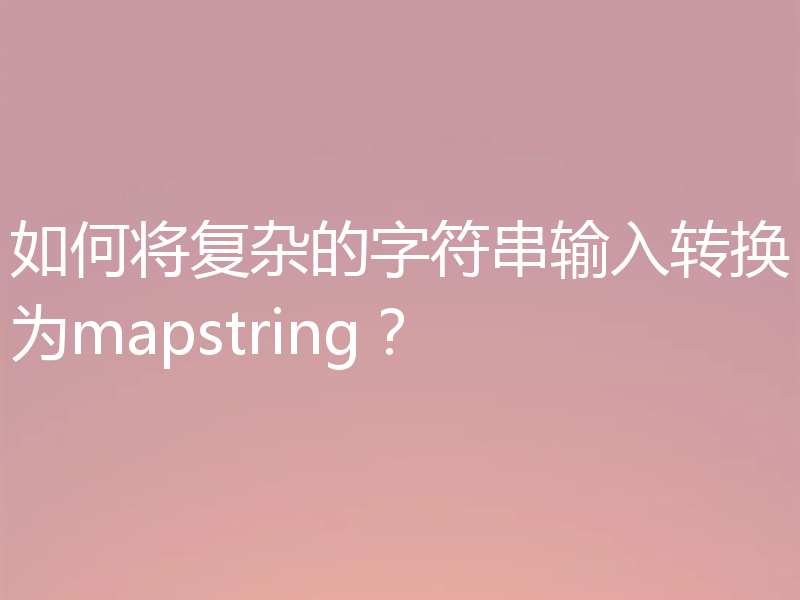
- Golang · Go问答 | 1年前 |
- 如何将复杂的字符串输入转换为mapstring?
- 440浏览 收藏
-
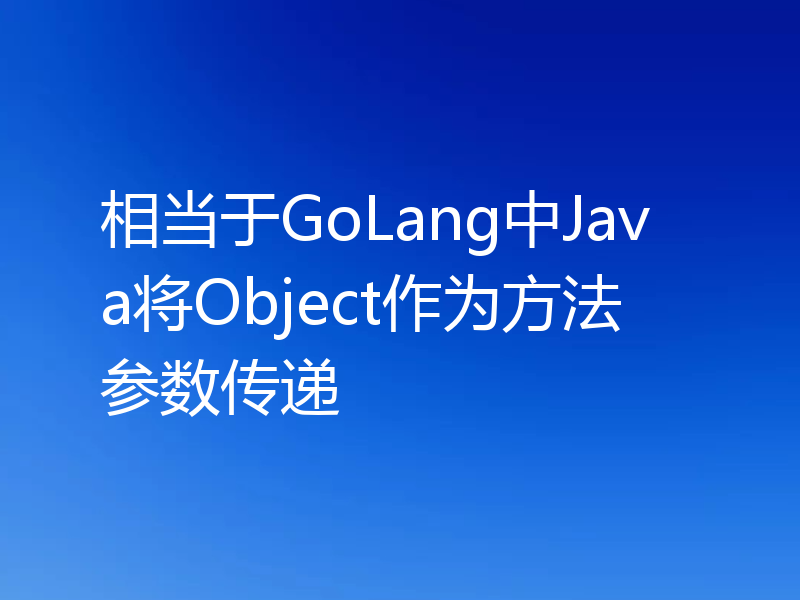
- Golang · Go问答 | 1年前 |
- 相当于GoLang中Java将Object作为方法参数传递
- 212浏览 收藏
-
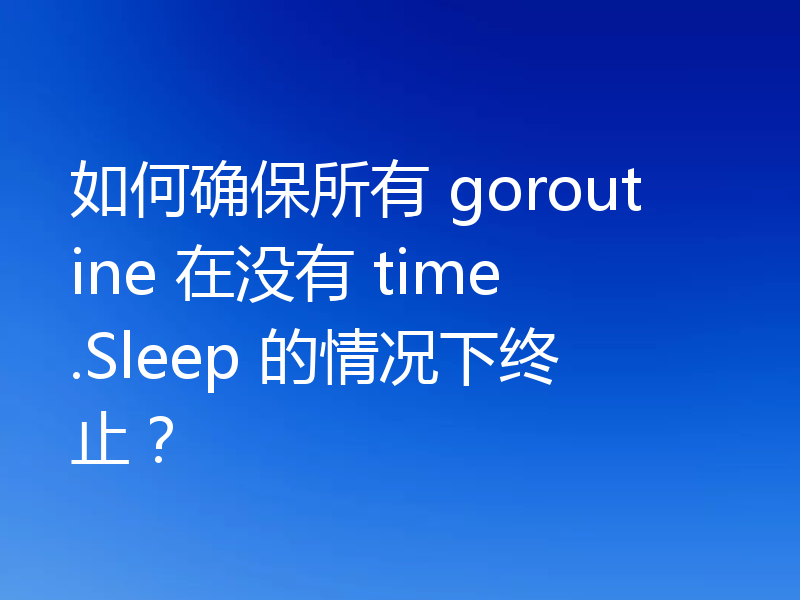
- Golang · Go问答 | 1年前 |
- 如何确保所有 goroutine 在没有 time.Sleep 的情况下终止?
- 143浏览 收藏
-

- 前端进阶之JavaScript设计模式
- 设计模式是开发人员在软件开发过程中面临一般问题时的解决方案,代表了最佳的实践。本课程的主打内容包括JS常见设计模式以及具体应用场景,打造一站式知识长龙服务,适合有JS基础的同学学习。
- 543次学习
-

- GO语言核心编程课程
- 本课程采用真实案例,全面具体可落地,从理论到实践,一步一步将GO核心编程技术、编程思想、底层实现融会贯通,使学习者贴近时代脉搏,做IT互联网时代的弄潮儿。
- 516次学习
-

- 简单聊聊mysql8与网络通信
- 如有问题加微信:Le-studyg;在课程中,我们将首先介绍MySQL8的新特性,包括性能优化、安全增强、新数据类型等,帮助学生快速熟悉MySQL8的最新功能。接着,我们将深入解析MySQL的网络通信机制,包括协议、连接管理、数据传输等,让
- 500次学习
-

- JavaScript正则表达式基础与实战
- 在任何一门编程语言中,正则表达式,都是一项重要的知识,它提供了高效的字符串匹配与捕获机制,可以极大的简化程序设计。
- 487次学习
-

- 从零制作响应式网站—Grid布局
- 本系列教程将展示从零制作一个假想的网络科技公司官网,分为导航,轮播,关于我们,成功案例,服务流程,团队介绍,数据部分,公司动态,底部信息等内容区块。网站整体采用CSSGrid布局,支持响应式,有流畅过渡和展现动画。
- 485次学习
-

- ChatExcel酷表
- ChatExcel酷表是由北京大学团队打造的Excel聊天机器人,用自然语言操控表格,简化数据处理,告别繁琐操作,提升工作效率!适用于学生、上班族及政府人员。
- 3167次使用
-

- Any绘本
- 探索Any绘本(anypicturebook.com/zh),一款开源免费的AI绘本创作工具,基于Google Gemini与Flux AI模型,让您轻松创作个性化绘本。适用于家庭、教育、创作等多种场景,零门槛,高自由度,技术透明,本地可控。
- 3380次使用
-

- 可赞AI
- 可赞AI,AI驱动的办公可视化智能工具,助您轻松实现文本与可视化元素高效转化。无论是智能文档生成、多格式文本解析,还是一键生成专业图表、脑图、知识卡片,可赞AI都能让信息处理更清晰高效。覆盖数据汇报、会议纪要、内容营销等全场景,大幅提升办公效率,降低专业门槛,是您提升工作效率的得力助手。
- 3409次使用
-

- 星月写作
- 星月写作是国内首款聚焦中文网络小说创作的AI辅助工具,解决网文作者从构思到变现的全流程痛点。AI扫榜、专属模板、全链路适配,助力新人快速上手,资深作者效率倍增。
- 4513次使用
-

- MagicLight
- MagicLight.ai是全球首款叙事驱动型AI动画视频创作平台,专注于解决从故事想法到完整动画的全流程痛点。它通过自研AI模型,保障角色、风格、场景高度一致性,让零动画经验者也能高效产出专业级叙事内容。广泛适用于独立创作者、动画工作室、教育机构及企业营销,助您轻松实现创意落地与商业化。
- 3789次使用
-
- GoLand调式动态执行代码
- 2023-01-13 502浏览
-
- 用Nginx反向代理部署go写的网站。
- 2023-01-17 502浏览
-
- Golang取得代码运行时间的问题
- 2023-02-24 501浏览
-
- 请问 go 代码如何实现在代码改动后不需要Ctrl+c,然后重新 go run *.go 文件?
- 2023-01-08 501浏览
-
- 如何从同一个 io.Reader 读取多次
- 2023-04-11 501浏览



